From the dazzling city lights of Tokyo to the beautiful landscapes of Osaka, Japan is a country that is on almost everyone’s bucket list of countries to visit. This top tourist destination receives millions of visitors a year, eager to soak in the energy and rich culture of this picturesque country. And as with all foreign places, you’re always going to find novel and exciting facts about the way of life in the new country you’re visiting. So, whether you’re reading this article to learn about what to expect in Japan, or simply interested in discovering more about Japanese culture, it is helpful to be aware of some of the most common culture shocks foreigners have about Japan.
Some of these might be common to people who have been there before. But this will certainly be an eye-opener for first-time visitors who want to avoid committing a faux pas or experiencing culture shock in Japan. Who knows! The tips you’re going to read momentarily might become extremely helpful in the future.
Also read: 12 Traditional Airbnbs in Japan for a Unique Travel Experience
Norms and practices that might give you culture shock in Japan
1. Keeping quiet on the train is common etiquette

Image credit: RichLegg via Canva Pro
Here’s what to expect in Japan, especially if you’re planning to take public transportation a lot: The train rides are silent. Although it’s not a law to keep quiet on the train, loud chatter is considered rude and inconsiderate amongst the locals. That’s why most (if not all) of them refrain from talking while on the train, even when they’re with their family or friends. While this rule is a little more lax when it comes to longer train rides — like the shinkansen (bullet train) — remember to lower your volume when talking to your travel companions in the cabin. And if you really need to make a phone call while on a shinkansen, head over to their designated phone areas before doing so.
Also read: 11 Underrated Destinations in Japan That Are Worth Discovering
2. Some train cabins are reserved for women
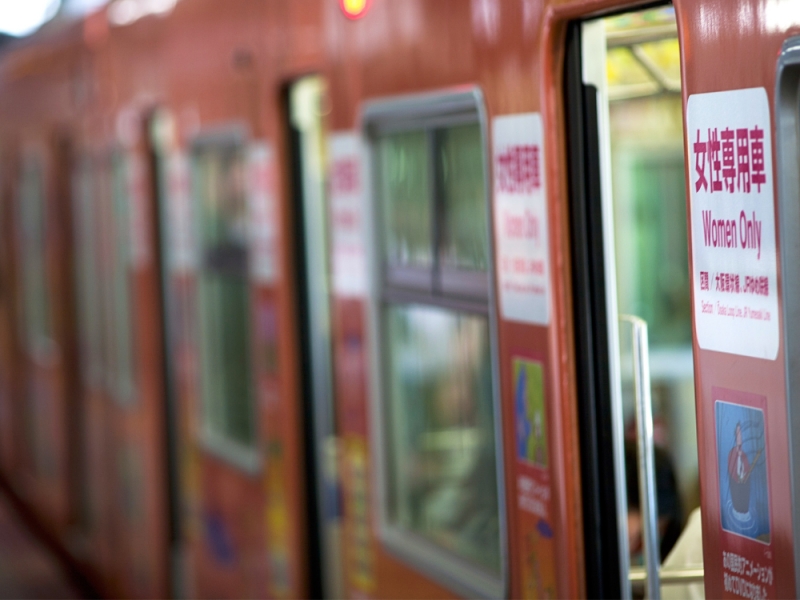
Image credit: Stefan Lins
When taking the train in Japan, you might have noticed certain train carriages marked in pink signs that denote “Women Only.” Well, these train cars are specially designated for women, so that female passengers could avoid squeezing with male passengers. This was an effort made by the Japanese government in response to the rising acts of sexual misdemeanour in trains. So, to avoid the awkward situation of entering a “women-only” carriage, look for these pink signs and take note of the cars, days, and hours that are reserved for women.
And in the event that you inadvertently enter a “women-only” carriage, don’t panic! Just head over to the next car. This happens a lot more often than you think! Moreover, female travellers who need to accompany their young boys or handicapped male travellers need not worry; some cabins allow them to enter, as long as they’re accompanied by a woman. When in doubt, just approach one of the train station workers to ask for guidance.
3. Masks are the norm here (even before the pandemic)

Image credit: zydeaosika via Canva Pro
While mask-wearing has become common (and even encouraged) globally in recent years, the Japanese have been wearing masks regularly way before 2020. Many locals wear masks on a daily basis, especially during influenza season in the winter, or when there’s a high amount of pollen in the air during springtime. Locals developed a habit of wearing masks whenever they’re feeling unwell, to reduce spreading the virus or germs to others.
As such, the act of wearing a mask when ill is seen as an act of consideration towards others; a defining characteristic of Japanese culture. In fact, masks are such an essential part of the Japanese’s daily lives that they are sold in various different materials, colours, and designs!
4. English is not very common
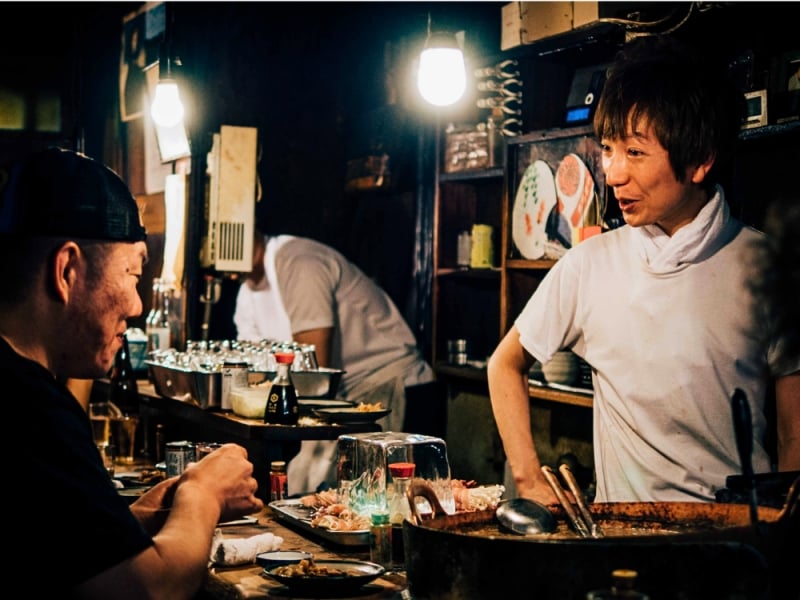
Image credit: lanipham
It’s not a secret that little English is spoken in Japan. While you might be able to get around with basic English in more metropolitan places like Tokyo, you’ll rarely find English signs or announcements being made in English in the Japanese countryside. Thankfully, there are tons of reliable translation apps available, many of which have camera features available for you to take a picture of a menu in Japanese to translate the words into English.
However, if you want to reduce the hassle of having to whip out of your phone every time you need to ask for assistance, it is helpful to practise some essential Japanese phrases. That includes saying “excuse me”, or asking for the nearest restroom.
5. Good luck looking for trash cans in public
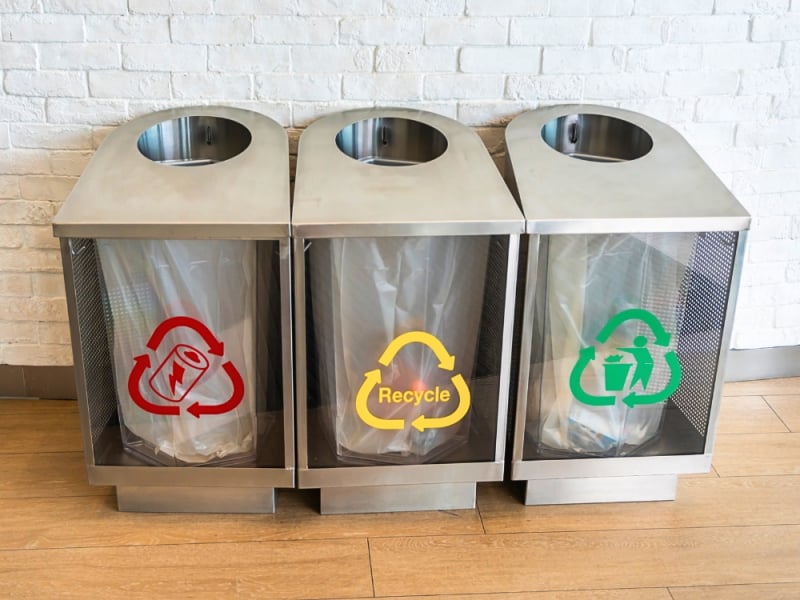
Image credit: powerbeephoto via Canva Pro
While Japan is known as one of the cleanest countries in the world, many foreigners’ most common culture shock in Japan is that there are very few public trash cans available. Ever wondered why? Well, the removal of most trash cans in Japan was due to a series of terrorist attacks on the Tokyo Subway Station in 1995. Upon discovery of harmful chemicals in the trash cans of various subway stations, many public trash cans were removed as a security measure. Due to the lack of readily accessible trash cans, the Japanese residents formed a habit of keeping all of their trash with them to throw away or recycle at home.
TripZilla Tip: Bring a plastic bag along with you to put your trash in to avoid any spillage on or dirtying of your bag!
6. You’ll be served cold water instead of hot water all year round

Image credit: Amphawan Chanunpha via Canva Pro
One thing that tourists are always shocked by when they visit Japan is the locals’ penchant for cold water. Whether it’s sweltering hot or freezing cold, ohiya (cold water) is served to customers the moment they’re seated. This is because drinking cold water is part of the Japanese’s regular eating habits. Due to Japan’s strict water sterilisation laws, their potable water is highly clean before boiling.
Additionally, the ancient Japanese would serve iced water to the nobles, so restaurants serve iced water to their guests as a mark of hospitality and respect. However, it can be challenging to adjust to this dining habit, especially for those who come from cultures where warm or hot water is the go-to. So, don’t be shy to ask for warm or hot water instead! They might graciously boil a pot of water for you.
7. Using chopsticks can be a little tricky
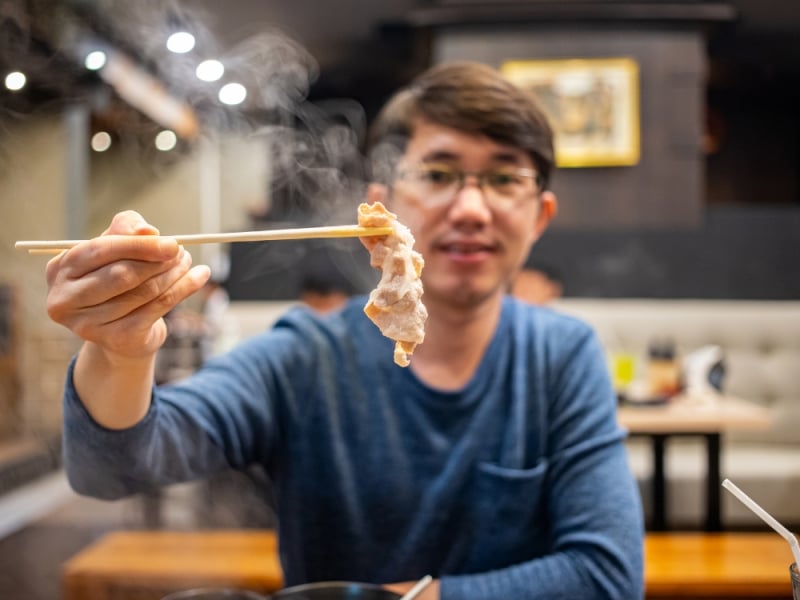
Image credit: Sirapat via Canva Pro
A part of Japanese culture that both intrigues yet frightens foreigners is their hashi (chopstick) etiquette. When reading online about what to expect when visiting Japan, you’ll see tons of articles on all the intricacies of chopstick use — from how to place them when not in use, to how to pass food to others using them. And upon reading all these rules, you might feel a tiny sense of dread. But don’t worry! Locals are mostly understanding toward foreigners if they miss the mark in their chopstick etiquette. In fact, they would likely be glad that you at least tried. Ultimately, if you make an effort to respect their culture and observe the rules, that’s all that you need.
To combat this tricky etiquette, here are some of the most common hashi rules:
- Don’t leave your chopsticks standing vertically in your food as it is likened to an offering used in funeral rituals.
- Don’t pass food from one chopstick to another. Instead, hold out your plate for the person to put the food on it.
- Don’t put your chopsticks crossed on the bowl unless you’re done eating. Instead, rest it on a chopstick holder, which most restaurants provide.
- Don’t point or gesture to others using your chopsticks.
- Don’t stab into your food with your chopsticks.
8. Slurping is allowed here, even encouraged
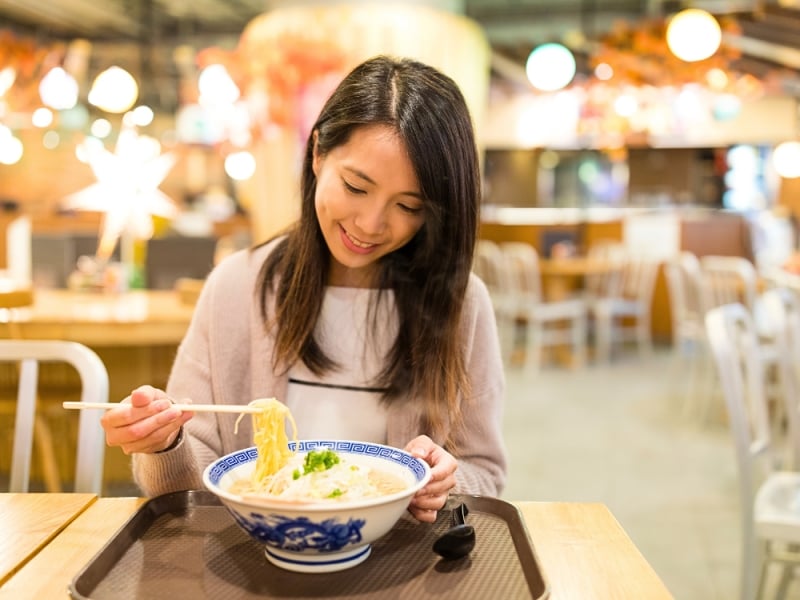
Image credit: Leung Cho Pan via Canva Pro
In some cultures, slurping is considered inconsiderate and rude. However, in Japan, it is considered a compliment to the chef for the delicious food they made! Be it udon, ramen, or even soba — the Japanese slurp their noodles to express their enjoyment of the dish and to cool down the hot noodles as they enter their mouths. It is also believed that slurping enhances the flavour of the noodles. So, if you’re not that averse to the act or the sounds of slurping, why not give it a try? Embracing the practice of noodle slurping is an opportunity to immerse yourself in this unique aspect of Japanese dining culture.
Also read: Ramen 101: How to Order and Eat Japanese Ramen Like a Pro
9. Your stuff is pretty much safe to be left out in the open
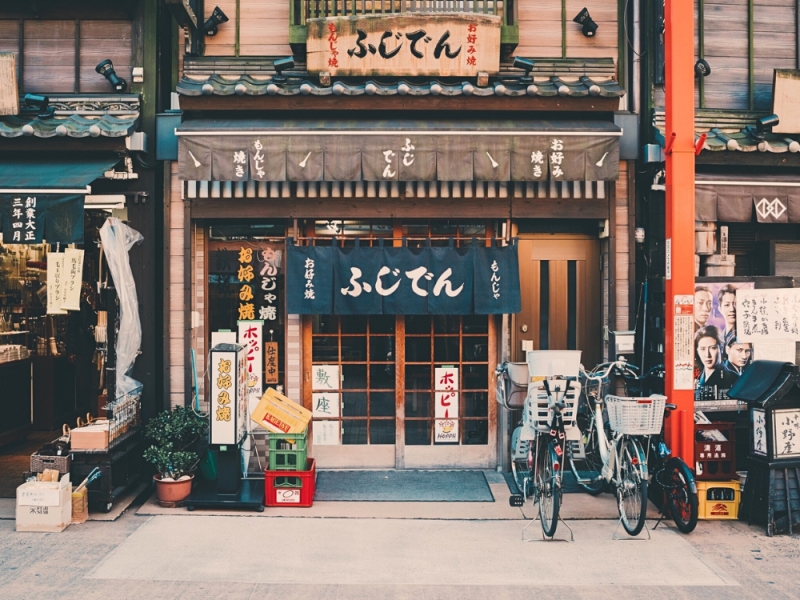
Image credit: Clay Banks
Now, I’m not asking you to just leave your important valuables lying around, especially in a foreign country. But you probably hear fewer stories about pickpocketing and theft in Japan than you do about other countries. You could leave your bags alone for a while with an almost 100% certainty that they’ll still be there and untouched. Whether it’s the honesty of the people, low crime rates, or the increased security around places where petty crimes often occur, there’s just something assuring about Japan’s surroundings that makes you feel safe and secure.
10. You won’t be using your bank cards much there
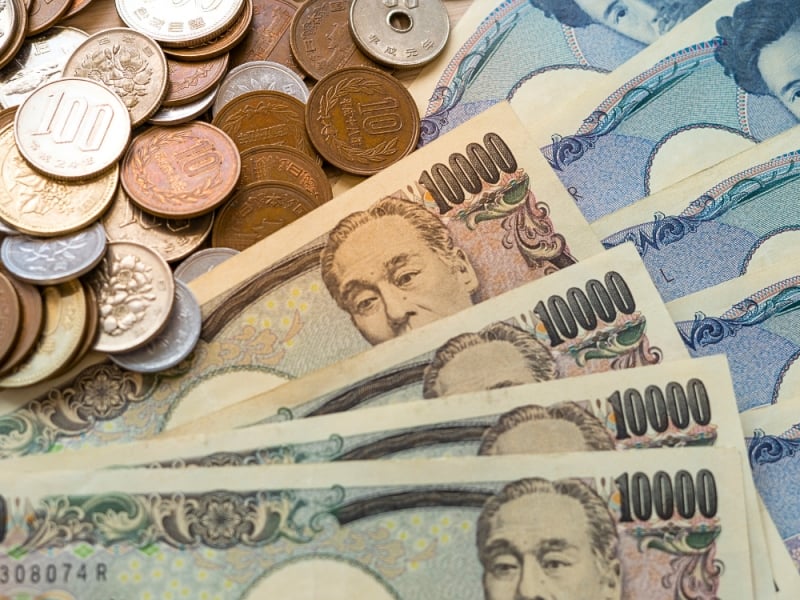
Image credit: shisuka via Canva Pro
First-time visitors to Japan might be surprised to hear that it is a cash-reliant society. While bank cards have become more widely accepted in larger cities and commercial areas, local shops and restaurants in the countryside still only accept cash. Thankfully, more local businesses are starting to expand their accepted modes of payment — from foreign bank cards to scan-to-pay methods.
So, when preparing for your next trip to Japan, do exchange for more cash before you fly off. If you feel worried about carrying large amounts of cash around, you can keep the larger notes in a money bag and keep small changes in easily accessible places.
11. You don’t pass money directly by hand
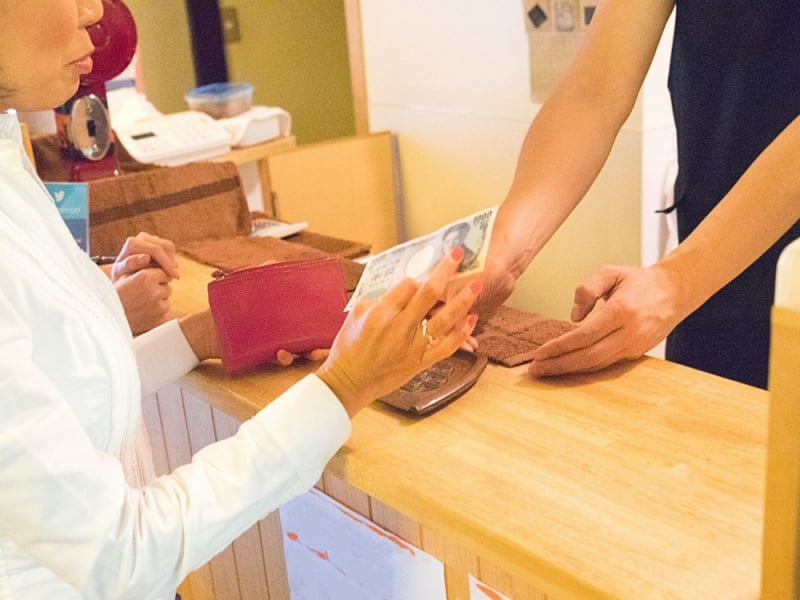
Image credit: RoBeDeRo via Canva Pro
Regardless of where you shop, you will notice a small tray on the counter when you’re paying. These trays are known as “cash trays,” where you put your payment. A common culture shock in Japan is that the local practice of paying and returning change using these trays, instead of passing the money directly from hand to hand. This smart practice makes it easier for the cashier to collect and count the money, making the payment process highly efficient! Say goodbye to dropping your coins on the floor and awkwardly bending down to pick them up.
12. Giving tips is not normal…
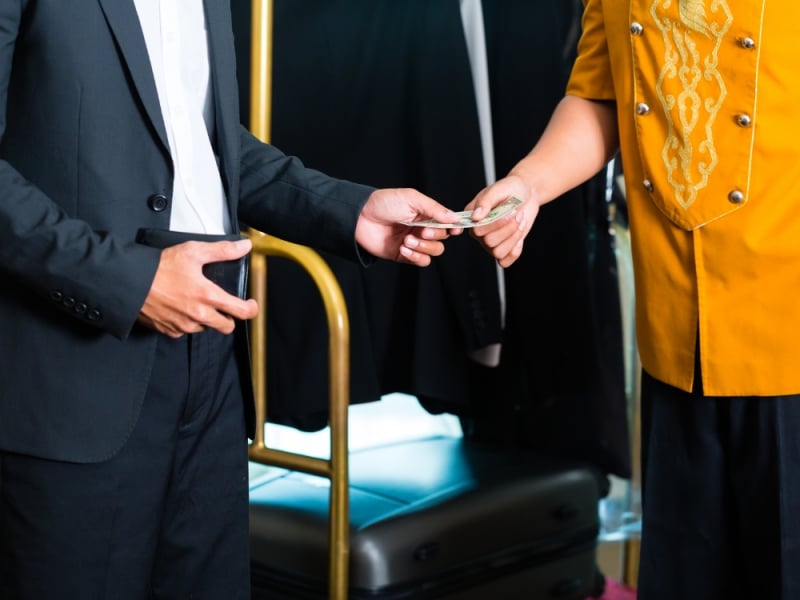
Image credit: Kzenon via Canva Pro
And onto our last money-related culture shock in Japan: You don’t need to leave a tip! While tipping is a common practice in many other countries, it is not customary in Japan. Speaking from personal experience: When my family and I left a tip on the table before leaving the restaurant, the waiter chased after us to return the money. On separate instances, shop assistants also refused to accept our tip and shoved the cash back into our hands (whilst bowing profusely).
You might feel awkward about not tipping after receiving high-quality service, but the Japanese believe that providing high-quality service is part of the original fee. Thus, they do not feel entitled to a tip on top of their pay. If you want to show your gratitude for their service, just smile, bow, and thank them!
13. …But queuing up is
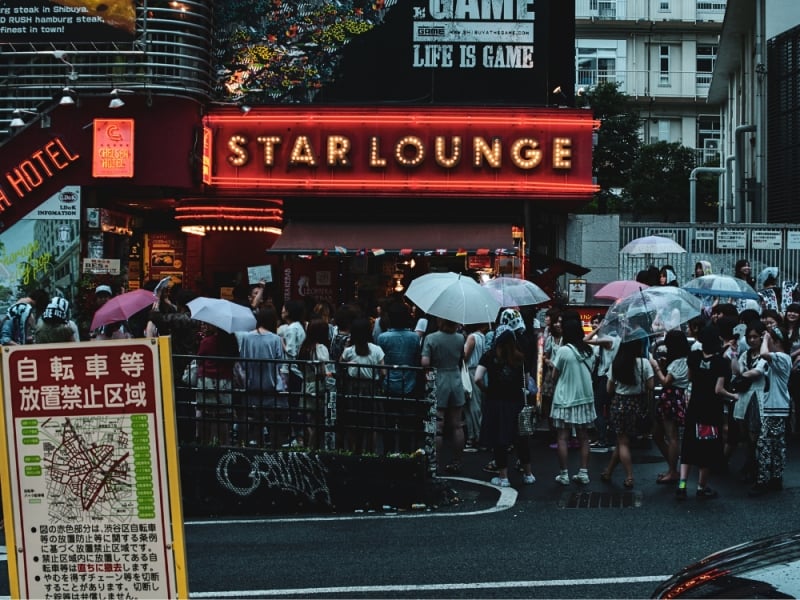
Image credit: amandazi photography
When planning your itinerary, here’s what to expect when visiting Japan: Regardless of the season or location, Japan is going to be crowded! As one of the top tourist destinations in the world, Japan receives millions of visitors yearly. Thus, expect insane queues and crowds wherever you go, especially if you’re visiting tourist hubs like Tokyo and Osaka.
In addition, many local restaurants are very small, only seating up to 10 people at a time. You’ll find yourself possibly queuing for an hour or so just to have lunch. In order to avoid disappointing yourself for not ticking everything off your Japan bucket list, do factor in some time for queuing and waiting in your itinerary! Personally, planning your holiday plans to the minute will just lead to stress and disappointment, which defeats the purpose of a holiday in the first place. So, don’t sweat over trying to achieve everything you have planned in one trip, give yourself time to slow down and enjoy your surroundings!
14. People soak in the onsen in the nude
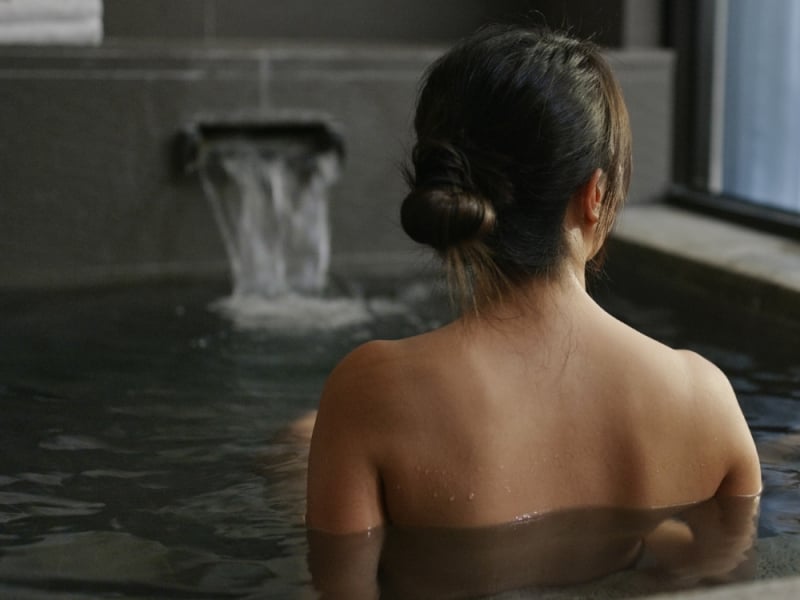
Image credit: Leung Cho Pan via Canva Pro
Now, I was personally surprised by this culture shock in Japan. While the Japanese are generally quite modest, their onsen (hot spring) culture is quite different. Traditional onsens require everyone to soak themselves completely naked. (Yes, no swimsuits are allowed!) Of course, you’ll be given a small towel to cover yourself while walking to and from the hot spring. But you’ll have to remove it from your body and place it on a dry surface before submerging your body.
Of course, the baths are segregated by gender, and fellow onsen-goers tend to keep to themselves, but this probably doesn’t take away the discomfort that many of you might be feeling. So, you could consider looking for a private onsen instead.
Also read: 12 Hot Spring Towns in Japan to Relax & Unwind on Vacation
As the old saying goes: When in Rome, do as the Romans do (or whichever country you’re visiting). Hopefully, this list will help you avoid getting nasty culture shock in Japan. While locals are generally more forgiving towards foreigners as they might not be familiar with the local customs, why not surprise them by trying your best to observe their practices? After all, an essential part of travelling is immersing yourself in the country’s culture!
Featured image credit: Eloi_Omella via Canva Pro




